You have not yet added any article to your bookmarks!

Join 10k+ people to get notified about new posts, news and tips.
Do not worry we don't spam!
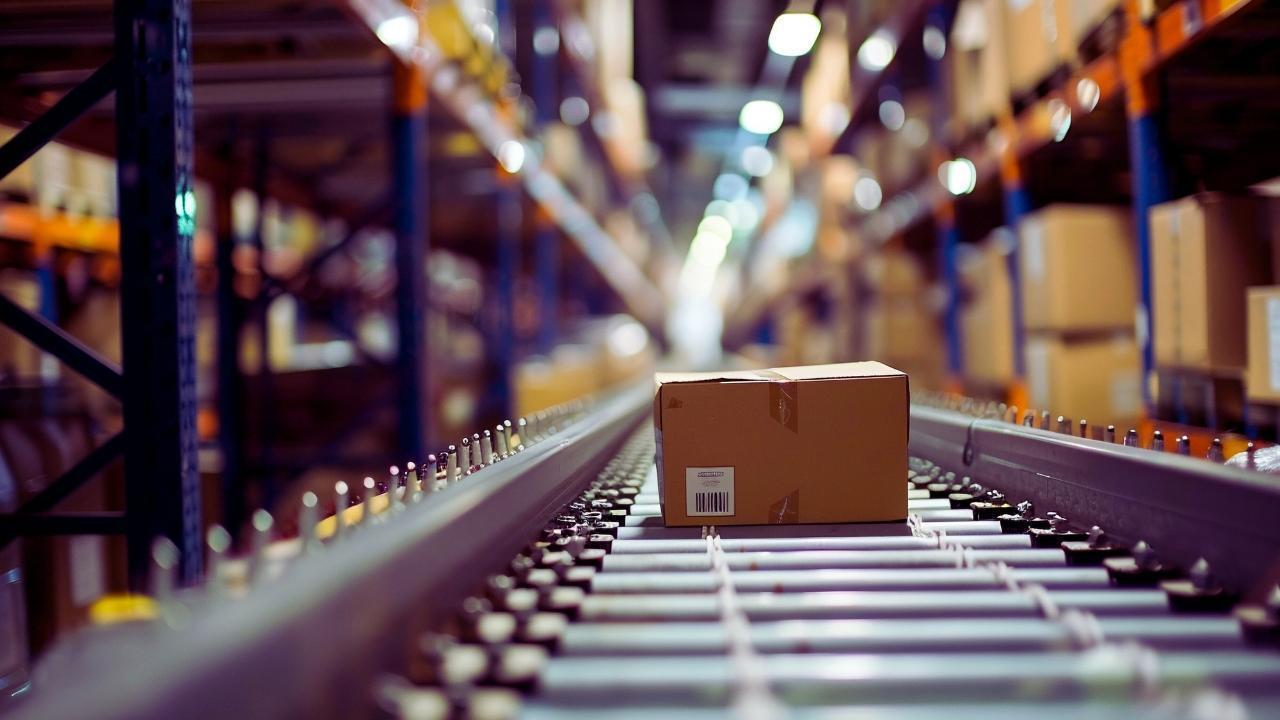
Post by : Anis Farhan
The economic corridor along the Thailand-Malaysia border is undergoing a dramatic revival in 2025, driven by recalibrated regional supply chains, new infrastructure linkages, and rising bilateral trade flows. With both countries strategically located at the heart of mainland and maritime Southeast Asia, their cross-border trade—especially via Songkhla, Satun, and Perlis—has become a cornerstone of post-pandemic economic recovery and logistical reconfiguration in the region.
According to Thailand’s Ministry of Commerce, trade across its southern border with Malaysia surged by 22.6% year-on-year in the first half of 2025, reaching over $16.3 billion USD. On Malaysia’s side, customs data from Kedah and Perlis confirm similar trends, with manufactured goods, agricultural products, and electronic components accounting for the largest share of bilateral movement.
As global manufacturing pivots away from overdependence on China and toward more diversified “China+1” and “China+N” strategies, Southeast Asia is becoming a beneficiary—and the Thailand-Malaysia trade corridor is at the heart of this transformation.
The border stretching from Thailand’s Songkhla and Narathiwat provinces to Malaysia’s states of Kedah, Perlis, and Kelantan is more than just a customs line—it is an increasingly vital artery of ASEAN’s internal trade. The connectivity includes:
The Sadao-Bukit Kayu Hitam checkpoint – the busiest land border crossing between the two countries.
The Padang Besar railway hub, part of the Pan-Asia Railway Network.
Shared Special Economic Zones (SEZs) on both sides encouraging cross-border investment.
Thailand exports rubber, processed food, automotive parts, and energy to Malaysia, while importing palm oil, semiconductors, petrochemicals, and halal-certified goods. A major factor driving this integration is the close industrial complementarity between Southern Thailand’s agro-industrial sector and Northern Malaysia’s electronics and manufacturing clusters.
This blend of geographic proximity, industrial synergy, and ASEAN-driven tariff reductions has allowed both nations to capitalize on shared growth.
The COVID-19 pandemic exposed the fragility of global supply chains, pushing companies to rethink their sourcing strategies. For Southeast Asia, this created a silver lining: the opportunity to become a regional production and distribution base for companies exiting China or seeking geographic diversification.
In response, Thailand and Malaysia began streamlining customs clearance procedures, harmonizing digital trade platforms, and upgrading infrastructure at major checkpoints. Notably:
In 2023, Thailand launched a single-window customs system along its southern borders.
Malaysia introduced e-Form D digitization for ASEAN-origin goods, cutting clearance times by nearly 40%.
A new cross-border freight terminal opened in Bukit Kayu Hitam in early 2024, increasing daily cargo handling by 60%.
By 2025, these changes are paying off. Trucks and trains now move faster across borders, logistics costs are dropping, and small and medium enterprises (SMEs) in border towns are finding new markets for their goods.Driving regional logistics and e-commerce
Another major driver of this border trade boom is e-commerce and last-mile logistics. With rising online consumer demand across ASEAN, the Thailand-Malaysia corridor is fast becoming a logistics backbone for cross-border deliveries.
Major platforms such as Shopee, Lazada, and TikTok Shop have established regional fulfillment centers near border towns like Hat Yai and Alor Setar. Local startups in both countries are partnering to create faster delivery loops, utilizing trucks, rail, and even motorcycles for rapid movement of goods.
Thailand’s Eastern Economic Corridor (EEC) and Malaysia’s Northern Corridor Economic Region (NCER) are also collaborating on logistics parks, warehousing hubs, and temperature-controlled storage solutions aimed at cross-border trade facilitation.
In 2025, trade in fast-moving consumer goods, electronics, and health products has grown the most in this corridor, riding on the back of digitally enabled small businesses and regional e-marketplaces.
One particularly unique advantage of this corridor is its role in boosting halal-certified trade, a fast-growing niche given the Muslim-majority populations in Southern Thailand and Northern Malaysia. Halal logistics, certification exchanges, and food processing partnerships have surged.
The two countries have recently agreed to mutual recognition of halal standards, which removes a major barrier for SMEs. Thai companies in Narathiwat and Pattani are now exporting halal poultry, snacks, and spices into Malaysian markets with fewer regulatory delays.
Similarly, Malaysia is investing in agro-processing zones near the border to receive Thai raw materials for value addition before export to third countries in the Middle East and South Asia.
Trade isn’t just about goods—it’s also about people and policy. In recent years, both governments have intensified diplomatic and administrative cooperation to ensure that the border remains secure, efficient, and economically productive.
Joint patrols, immigration harmonization, and investment promotion roadshows targeting SMEs and family businesses are now common. Educational institutions near the border are offering cross-border entrepreneurship programs in dual languages to promote local economic integration.
Thailand's Southern Border Provinces Administrative Centre (SBPAC) and Malaysia's Northern Corridor Implementation Authority (NCIA) are working closely to ensure that border trade also uplifts communities, not just large firms.
This holistic, people-centered approach is seen as a model for other ASEAN border economies.
As Thailand and Malaysia strengthen their bilateral trade linkages, the model they’re creating could have larger implications for ASEAN’s broader regional economic integration. If replicated, similar border corridors—such as Vietnam-Laos, Indonesia-Malaysia (Kalimantan-Sabah), and Cambodia-Thailand—could transform into strategic logistics hubs.
ASEAN’s goal of becoming a single market under the ASEAN Economic Community (AEC) hinges on efficient cross-border flows. The success of the Thailand-Malaysia corridor is proof that this vision is not only possible but already underway—if supported by smart policy, shared infrastructure, and digital harmonization.
For now, the boom in this corridor offers a case study in how regional recalibration can fuel local prosperity, enhance geopolitical relevance, and deepen ASEAN’s economic identity in an increasingly fragmented world.
This article is for informational purposes only. It does not provide trade or investment advice. Readers are encouraged to consult relevant trade bodies or financial experts before acting on any information presented herein.
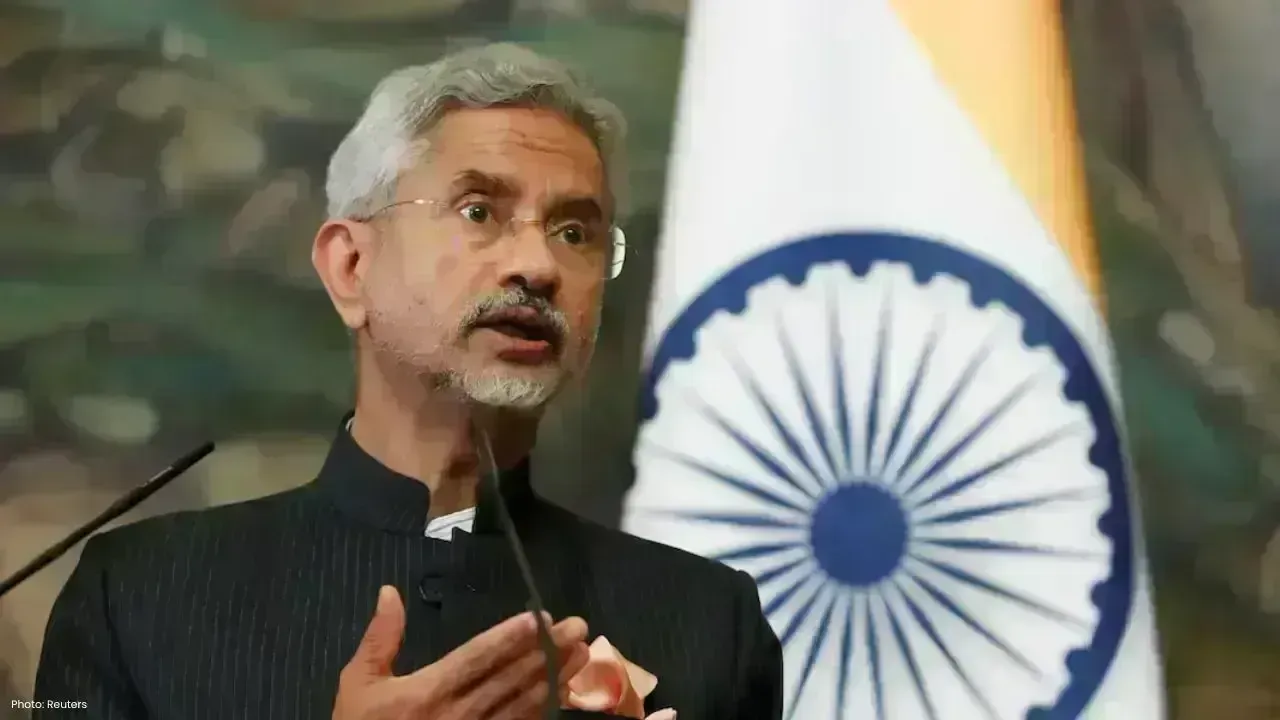


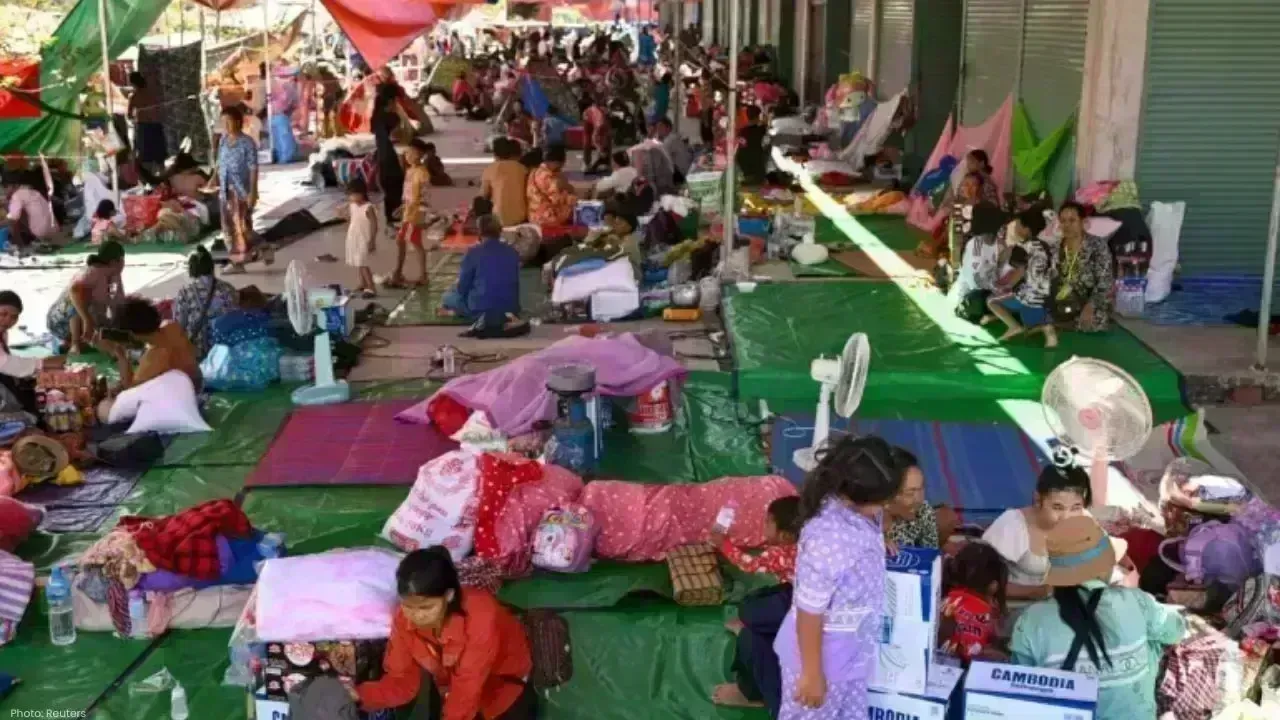


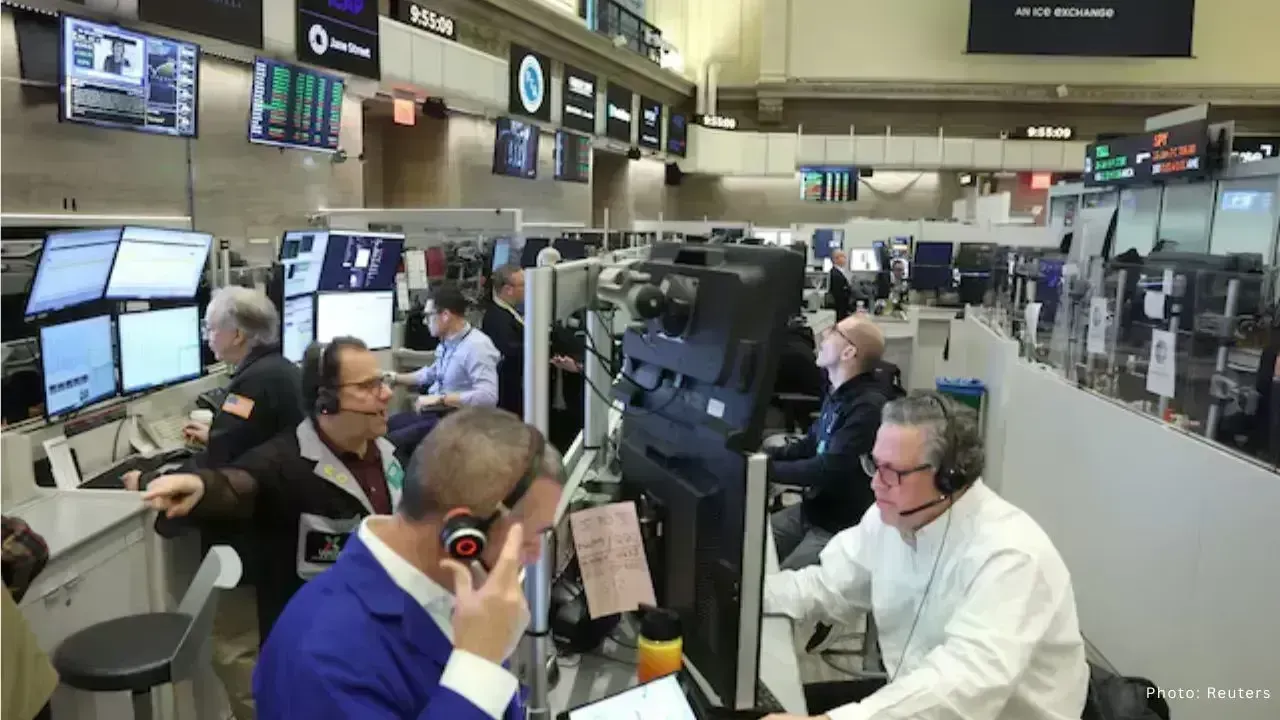
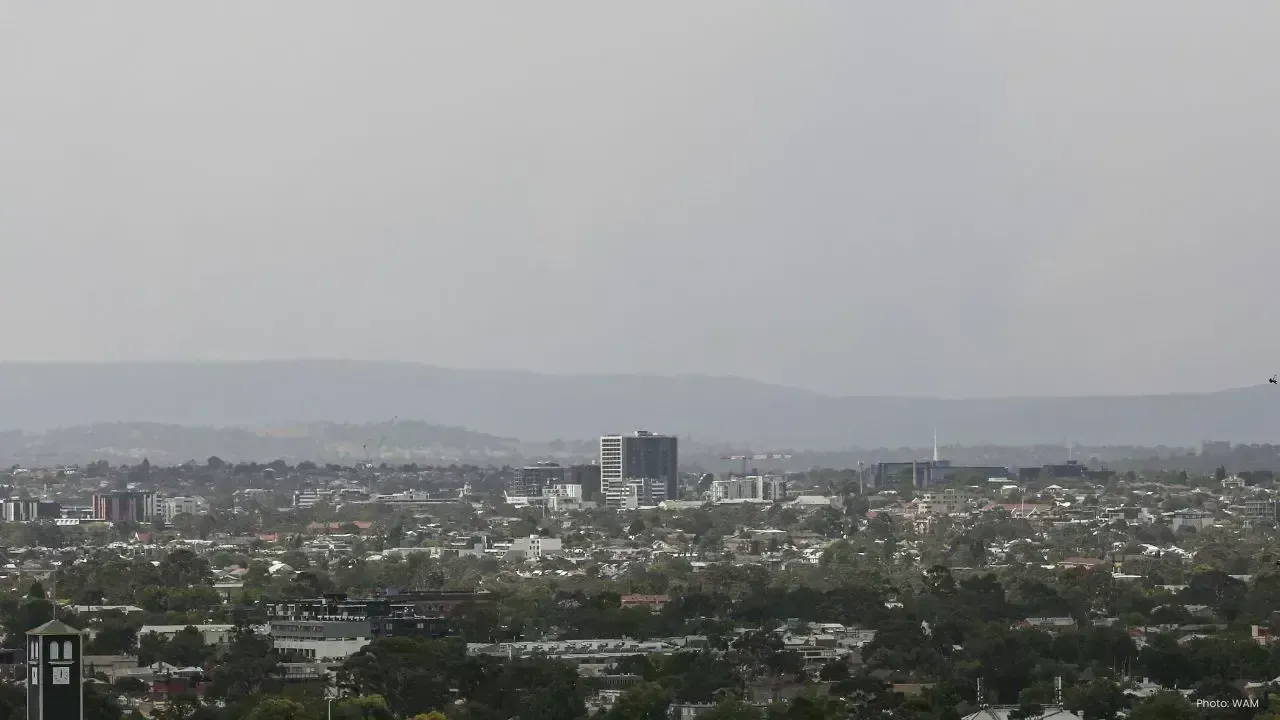
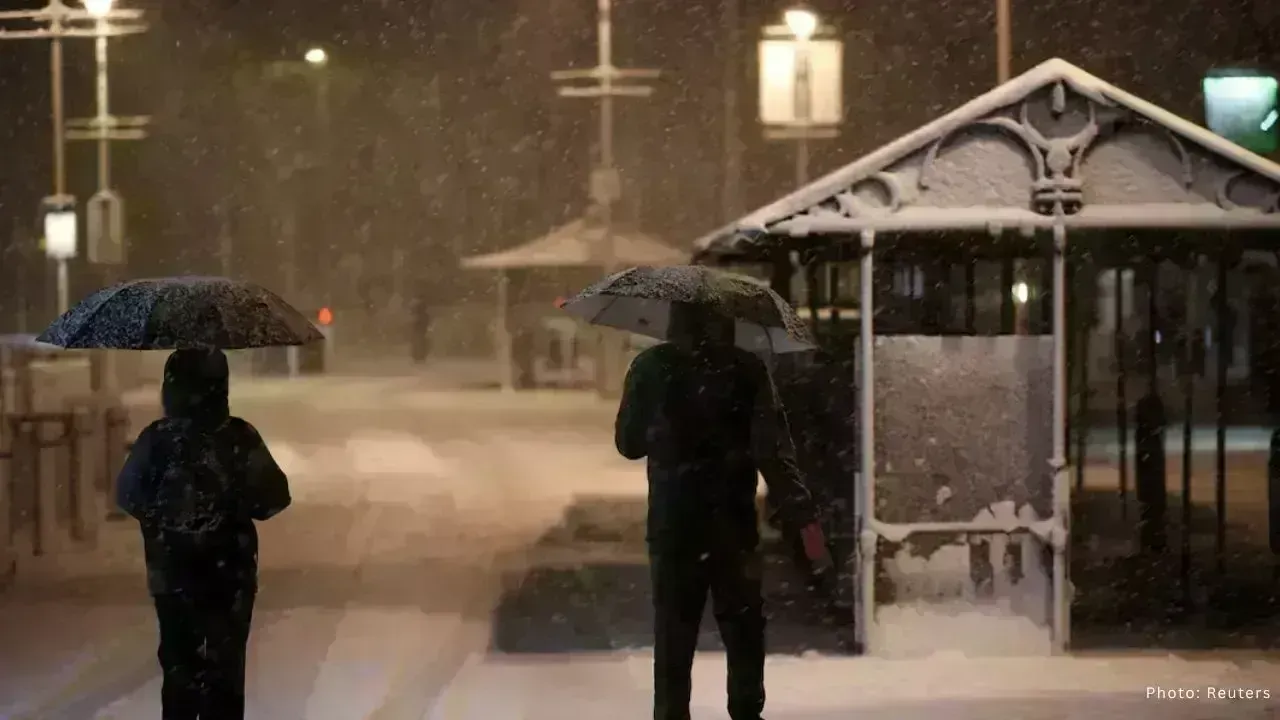

US Security Officials Drive S. Jaishankar 416 Miles During Shutdown
US security drove External Affairs Minister S. Jaishankar 416 miles during a government shutdown to

US Pledges $45M to Strengthen Fragile Thailand-Cambodia Truce
The US will provide $45 million in aid to help stabilize the fragile truce between Thailand and Camb

U.S.-India Trade Deal Falters as Modi Skips Trump Call Says Lutnick
U.S. Commerce Secretary Lutnick reveals India wasn’t ready for a trade deal after PM Modi avoided a

Boosting Northern Luzon Economy: Marcos Jr. Inaugurates Modern Camalaniugan Bridge
President Marcos Jr. opens the ₱2.3B Camalaniugan Bridge, enhancing connectivity, trade, and economi

Trump warns China on Taiwan, says any change would upset him
Donald Trump says Taiwan’s future depends on Xi Jinping but warns he would be unhappy if China tries

Gold Prices Slide as Strong Dollar and Futures Selling Weigh
Gold prices dipped as investors adjusted positions ahead of a commodity index reshuffle, while a str